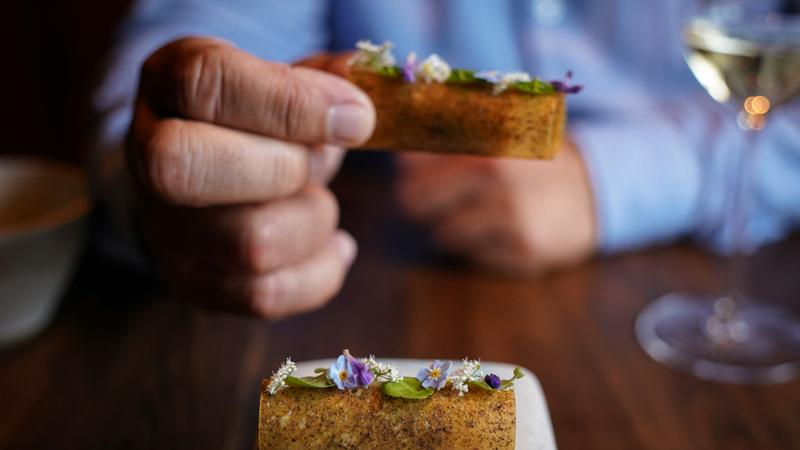Published 12:57 IST, May 22nd 2024
DYK Michelin Star Rating Is Given By A Tyre Company? Know How Restaurants Get Them
Receiving a Michelin star can significantly boost a restaurant’s reputation, leading to increased bookings and higher demand.

Michelin star restaurant | Image:
Unsplash
- Listen to this article
- 3 min read
Advertisement
12:57 IST, May 22nd 2024



